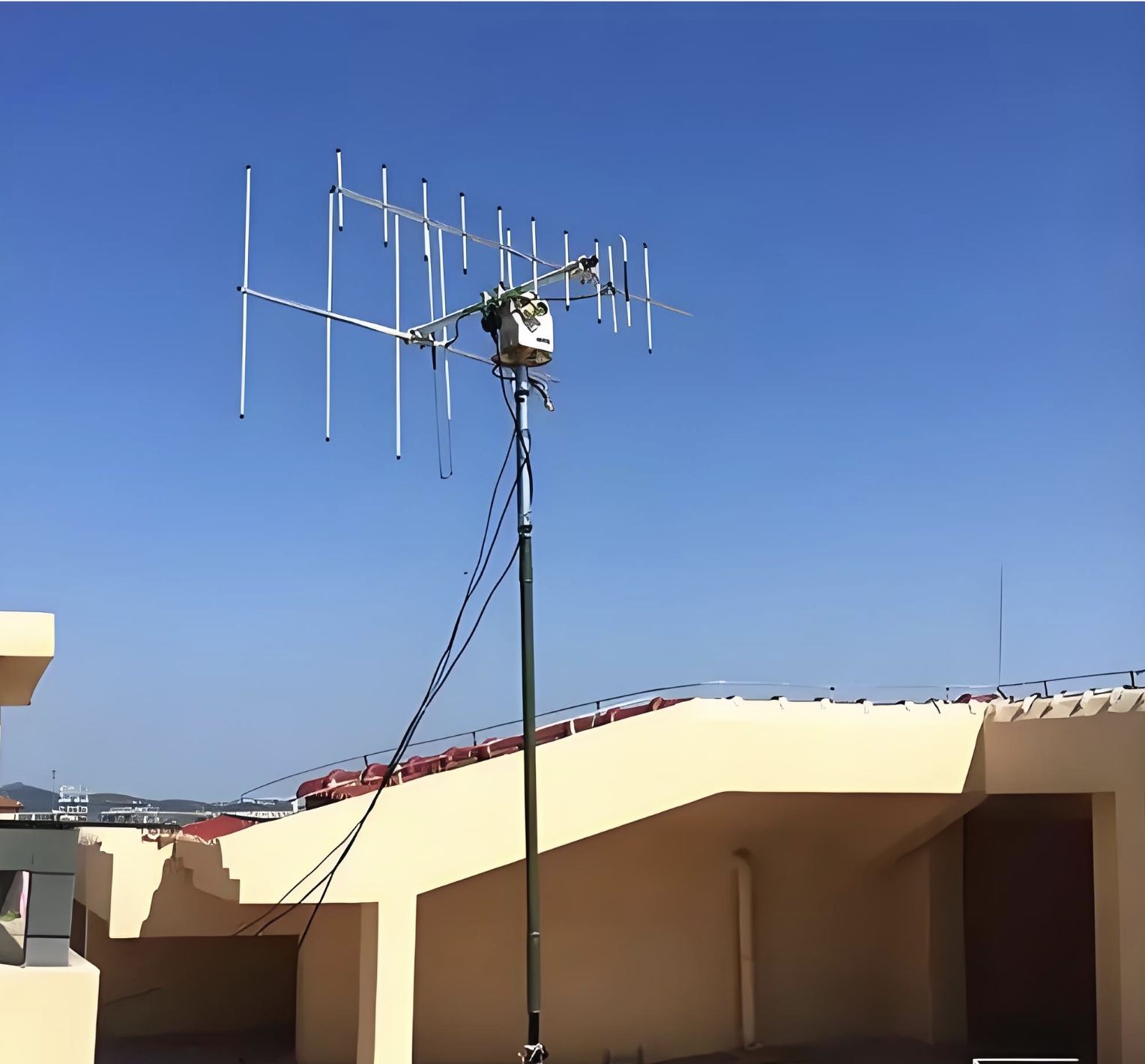Introduction
Yagi antennas, also known as Yagi-Uda antennas, are among the most widely used directional antennas in wireless communication. Named after their Japanese inventors Hidetsugu Yagi and Shintaro Uda, these antennas are prized for their high gain, directivity, and relatively simple design. From amateur radio to television broadcasting and military communications, Yagi antennas play a crucial role in long-range signal transmission and reception.
This article explores the working principles of Yagi antennas, their key advantages, common applications, and how they compare to other antenna types. Whether you're a radio enthusiast, a telecom engineer, or a hobbyist, understanding Yagi antennas can help you optimize wireless performance for various use cases.
How Yagi Antennas Work
A Yagi antenna consists of multiple parallel elements mounted on a central boom:
Driven Element: The only actively fed part of the antenna, responsible for radiating or receiving signals.
Reflector: A slightly longer element placed behind the driven element to direct signals forward.
Directors: Shorter elements positioned in front of the driven element to enhance directivity and gain.
The antenna operates on the principle of constructive and destructive interference—the reflector and directors manipulate the electromagnetic waves to create a focused beam in one direction while minimizing signals from other angles. This design allows Yagi antennas to achieve high gain (typically 8-15 dBi) and excellent front-to-back ratio, making them ideal for point-to-point communication.
Key Advantages of Yagi Antennas
High Gain & Directivity – Yagi antennas focus energy in a specific direction, improving signal strength over long distances.
Simple & Cost-Effective – Their mechanical design is less complex than phased arrays or parabolic dishes.
Lightweight & Durable – Often made of aluminum or fiberglass, they withstand harsh weather conditions.
Wide Frequency Range – Can be designed for HF, VHF, UHF, and even microwave bands.
Low Noise Reception – Excellent for weak signal detection due to directional sensitivity.
Common Applications
Amateur Radio (Ham Radio): Popular among hobbyists for long-distance communication.
Television & FM Broadcasting: Used for receiving over-the-air signals in rural areas.
Wireless Internet (WISPs): Deployed in point-to-point links for rural broadband.
Military & Surveillance: Directional capabilities make them useful for radar and signal intelligence.
RFID & Wireless Sensors: Used in industrial tracking and IoT applications.
Yagi vs. Other Antenna Types
Feature | Yagi Antenna | Dipole Antenna | Parabolic Dish |
Gain | High (8-15 dBi) | Low (2-3 dBi) | Very High (>20 dBi) |
Directivity | Strong | Omnidirectional | Extremely Focused |
Size/Weight | Moderate | Compact | Large/Heavy |
Cost | Low | Very Low | High |
Yagis strike a balance between performance and affordability, making them a preferred choice for many directional applications.
Future Trends & Innovations
Compact Multi-Band Yagis: New designs support multiple frequencies in a single antenna.
Enhanced Materials: Carbon fiber and weather-resistant coatings improve durability.
5G & IoT Integration: Modified Yagis are being tested for mmWave backhaul links.
Conclusion
Yagi antennas remain a cornerstone of directional RF communication due to their efficiency, simplicity, and reliability. As wireless technology evolves, they continue to adapt—serving both traditional and emerging applications with proven performance.


